Conservationist Organizations and Youngsters Join Forces
DALLAS, TEXAS – , 2024 – Outdoors Foundation, the leading provider of outdoor skill, safety and conservation curriculum to schools nationwide, has received a $100,000 grant from the International Order of T. Roosevelt to fund a partnership aimed at raising youth awareness and education about wildlife conservation.
“This dynamic partnership between two leading conservation organizations is an ideal match. Through it, we’ll work together to engage youth in outdoor education across the country. OTF’s Outdoor Adventures curriculum is used in schools in 48 states, making it a perfect partner for IOTR to achieve its goal of furthering wildlife conservation.” Read more

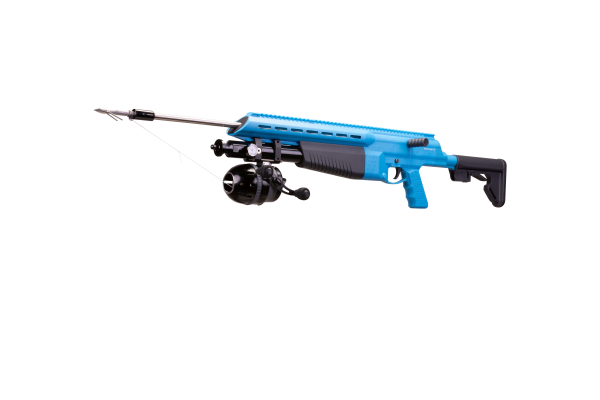

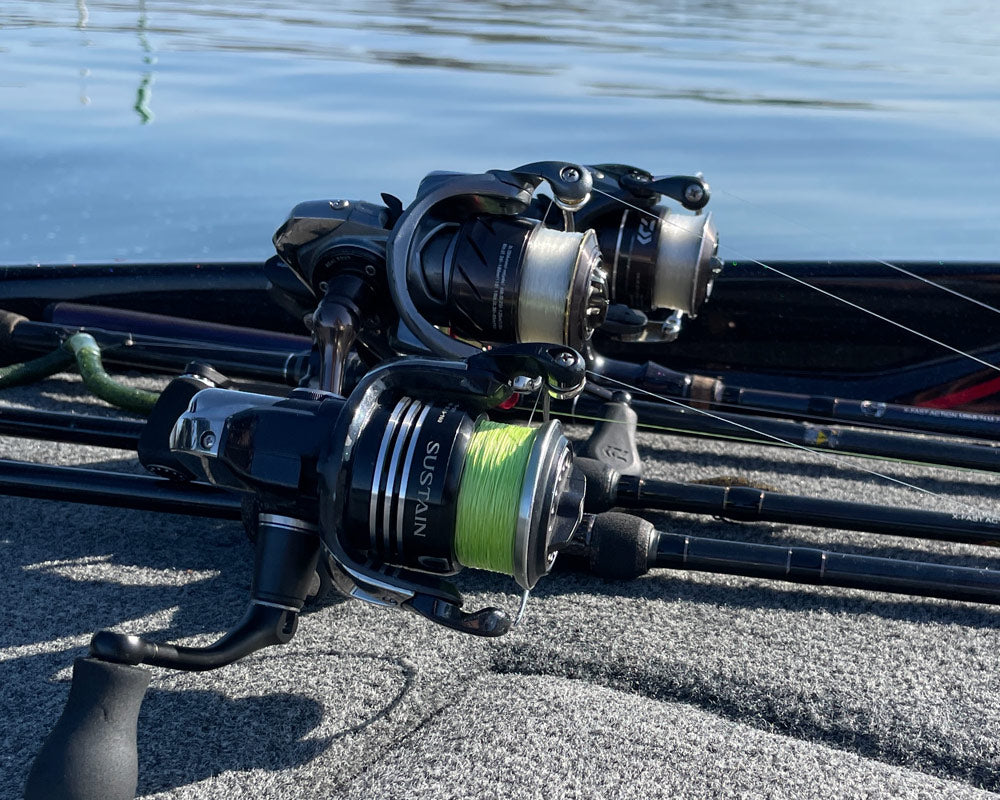
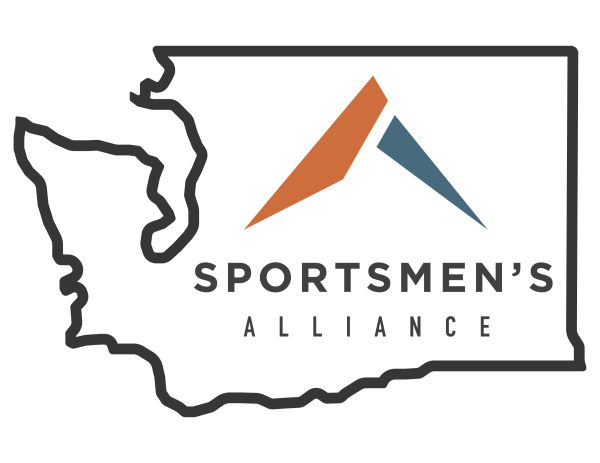
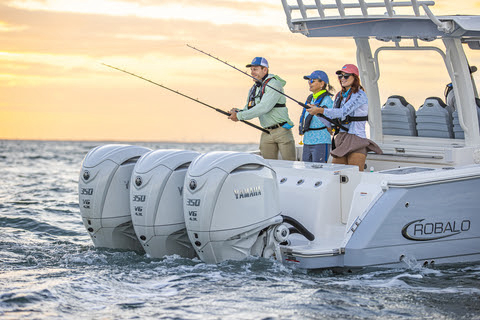
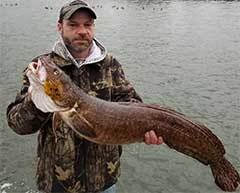
 The 2024 lake sturgeon fishing season on Black Lake in Cheboygan County, Michigan, will begin at 8 a.m
The 2024 lake sturgeon fishing season on Black Lake in Cheboygan County, Michigan, will begin at 8 a.m